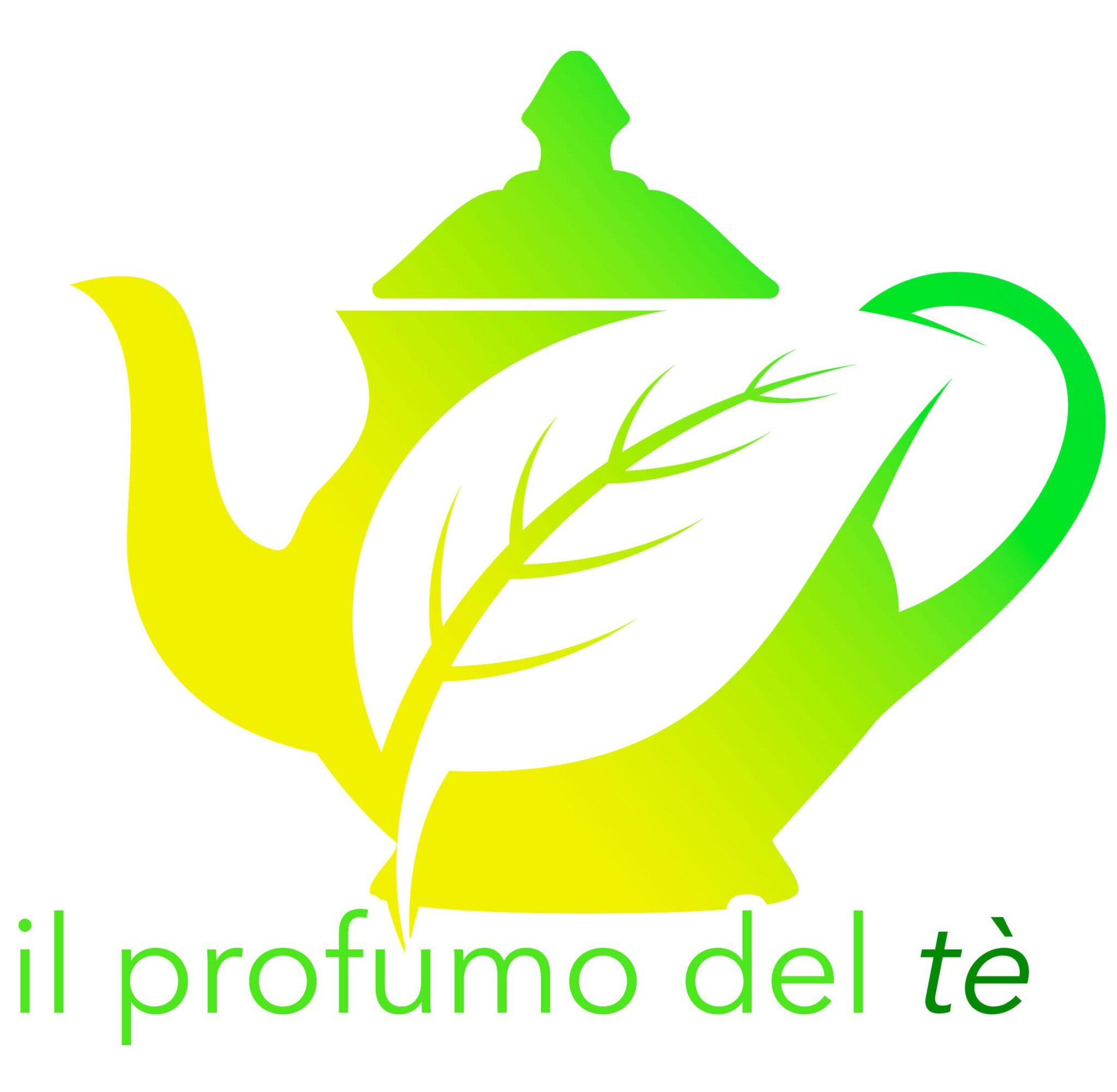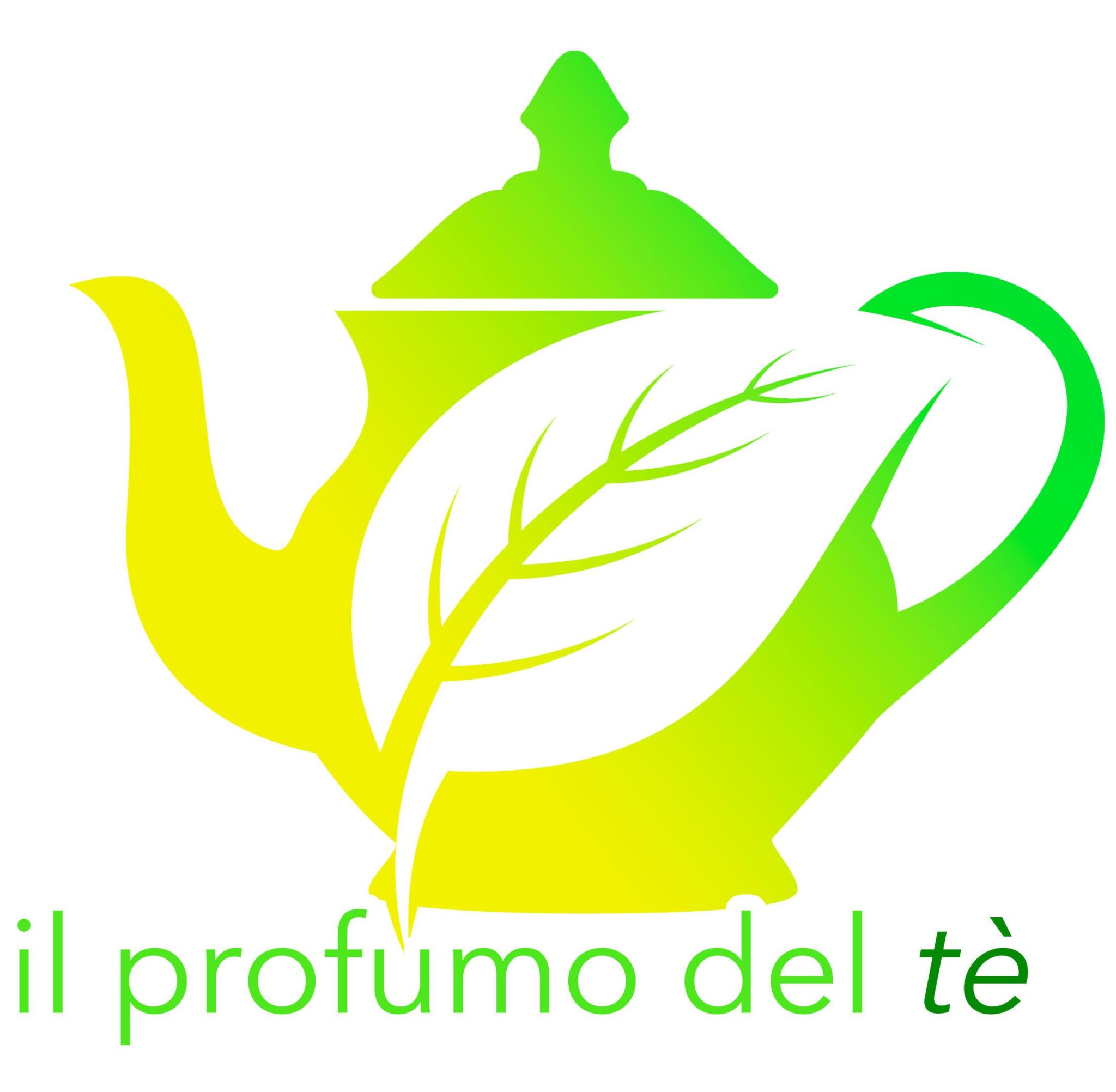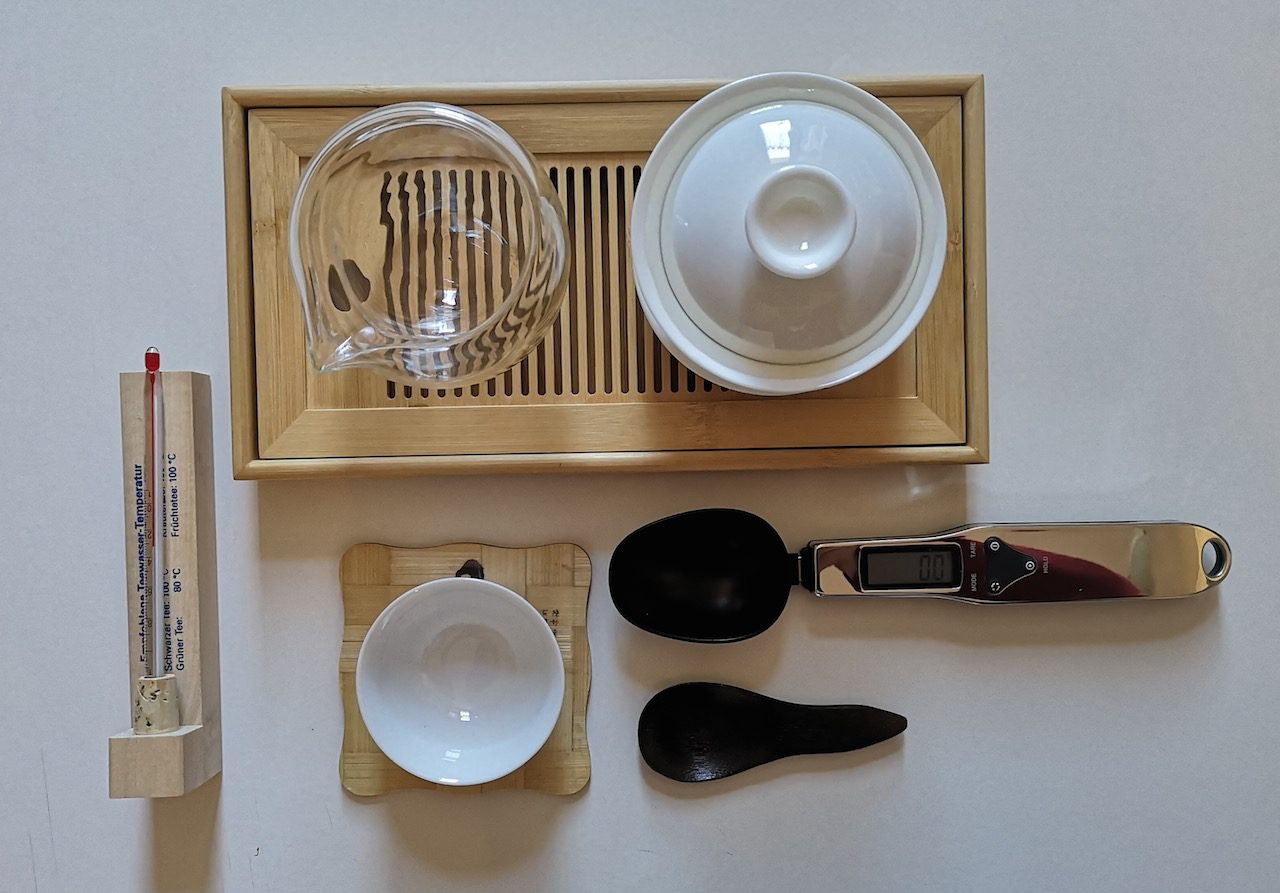Nella degustazione del tè come narravano gli antichi maestri cinesi non sono importanti solo le foglie, ma anche l’acqua che viene definita “la madre del tè”.
A seconda della tipologia di acqua utilizzata il sapore della nostra infusione può cambiare. Oggi giorno siamo abituati a utilizzare acqua del rubinetto, se decidiamo di usarla per preparare il nostro tè, l’ideale sarebbe filtrarla con una caraffa apposita per rimuovere cloro, minerali o altre sostanze che rendono l’acqua particolarmente dura.
Se volete utilizzare invece acqua minerale o di sorgente accertatevi che sia di qualità e che non faccia cattivo odore. Il risultato dell’infusione finale dovrebbe risultare limpida, fresca e mai torbida. Per l’acqua naturale minerale assicuratevi leggendo l’etichetta, che il PH sia tra i 6.8 e il 7.
Per determinare il PH esistono anche delle cartine apposite, considerate che un acqua con PH troppo elevato può rendere il tè più amaro e astringente.
Andiamo ora a vedere quali sono gli strumenti utili per preparare un buon infuso.
Per determinare quanti grammi in foglie per tazza occorre solitamente un cucchiaino per tazza di 200 ml di acqua che contiene 2-3 grammi, anche se in Oriente se ne mettono anche fino a 6 grammi per le infusioni multiple. Per essere precisi si utilizzano anche delle bilance digitali, ma nel rituale del tè orientale si utilizza un cucchiaino in bambù o in legno.
Ricordatevi comunque che il cucchiaino come dosatore non è mai preciso, perché ogni tipologia di tè ha foglie di forma e grandezza diversa, sicuramente una bilancia digitale vi aiuterà a pesare correttamente le foglie da infondere, tenendo a mente che per certe tipologie è utile comunque pesarle sulla bilancia con tara all’interno di una piccola ciotola.
In base alla grandezza della teiera regolatevi su quanti numeri di tazze di acqua contiene per poter calcolare il quantitativo giusto di foglie.
Per degustare un buon infuso non è necessario avere solo delle foglie di qualità ed acqua adatta ma anche la temperatura dell’infusione è fondamentale. Potete usare un termometro apposito o far bollire l’acqua in un bollitore elettrico dove si possa impostare la temperatura.
Ad esempio per i tè neri che solitamente necessitano di una temperatura sui 95-98° potete portare il bollitore a 100° e lasciare passare un attimo fino alla temperatura desiderata. Utilizzate un termometro a immersione per vedere quando l’acqua raggiunge la temperatura.
Oggi ci sono in commercio bollitori tarati da 40 a 100 gradi per tutte le tipologie di tè.
Per i tempi che possono variare da pochi secondi a più minuti è consigliabile utilizzare un cronometro digitale piuttosto che una clessidra che è poco precisa.
L’ideale è far raggiungere la giusta temperatura e versare l’acqua calda direttamente sulle foglie che avrete già preparato in una teiera dotata di filtro, in modo che si aprano correttamente, così si sprigioneranno gli oli essenziali che sedurranno i vostri recettori nasali trasportandovi nella fase iniziale della vera e propria degustazione. Dopodiché analizzerete corpo, struttura, gusto e aroma.
Per conservare al meglio il vostro tè, l’ideale è di trasferirlo in un contenitore adeguato che utilizzerete per quella specifica tipologia, meglio se con coperchio a chiusura ermetica tenuto lontano da fonti di luce e calore e in un luogo separato da altri cibi, al fine di non contaminare il tè.
Ricordiamo che i puerh migliorano invecchiando e andrebbero conservati in luoghi freschi lontano dalla luce, avvolti con carta e in un contenitore apposito, mentre gli altri tè col tempo perdono il loro sapore e profumo originario, perché gli oli essenziali che sono volatili piano piano si disperdono; questo processo accade anche in profumeria.
Luce solare, calore, aria, odori e umidità diminuiscono sapore e aroma, questo è il motivo per cui andrebbero consumati dopo pochi mesi dal raccolto, acquistati in piccole quantità e conservati in appositi contenitori, almeno per i tè bianchi, verdi e gialli.
Personalmente consiglio l’alluminio mentre vetro e plastica li ritengo inadatti alla conservazione, il primo perché fa passare la luce, il secondo perché non rilascia buon odore.
Tools in Tea Tasting

In tea tasting, as the ancient Chinese masters said, not only the leaves are important, but also the water that is defined as “the mother of tea”.
Depending on the type of water used, the flavor of our infusion can change. Today we are used to using tap water, if we decide to use it to prepare our tea, the ideal thing would be to filter it with a special filter jug to remove chlorine, minerals or other substances that make the water particularly hard.
If you want to use mineral or spring water instead, make sure it is of quality and does not smell bad. The result of the final infusion should be clear, fresh and never cloudy.
For natural mineral water, make sure by reading the label that the pH is between 6.8 and 7.
To determine the PH there are also specific papers, consider that water with too high a PH can make the tea more bitter and astringent.
Let’s go now to see what are the useful tools to prepare a good tea.
To determine how many grams of leaf per cup you usually need a teaspoon per cup of 200 ml of water that contains 2-3 grams, although in the East they also add up to 6 grams for multiple infusions. To be precise, digital scales are also used, but a bamboo or wooden spoon is used in the oriental tea ritual.
Remember however that the teaspoon as a measuring device is never precise, because each type of tea has leaves of different shapes and sizes, certainly a digital scale will help you to correctly weigh the leaves to infuse, keeping in mind that for certain types it is useful to weigh them on the scale with tare inside a small bowl.
According to the size of the teapot, adjust how many cups of water it contains in order to calculate the right amount of leaves.
For example, for black teas that usually require a temperature of 95-98°, you can bring the kettle to 100° and let it sit for a moment until the desired temperature is reached. Use an immersion thermometer to see when the water reaches the temperature.
Today, there are kettles on the market calibrated from 40 to 100 degrees for all types of tea.
For times that can vary from a few seconds to several minutes, it is advisable to use a digital stopwatch rather than an hourglass that is not very precise.
To taste a good infusion it is not necessary to have only quality leaves and suitable water but also the infusion temperature is essential. You can use a special thermometer or boil water in an electric kettle where you can set the desired temperature.
The ideal is to reach the right temperature and pour hot water directly on the leaves that you have already prepared in a teapot equipped with a filter, so that they open correctly, so that the essential oils will be released that will seduce your nasal receptors transporting you into the initial phase of the actual tasting. Then you will analyze the body, structure, taste and aroma.
To best preserve your tea, the ideal is to transfer it to a suitable container that you will use for that specific type, preferably with an airtight lid kept away from sources of light and heat and in a place separate from other foods, in order not to contaminate the tea.
We remind you that puerh improve with age and should be stored in cool places away from light, wrapped in paper and in a special container, while other teas lose their original flavor and scent over time, because the essential oils that are volatile gradually disperse; this process also happens in perfumery.
Sunlight, heat, air, odors and humidity diminish flavor and aroma, which is why they should be consumed a few months after harvest, purchased in small quantities and stored in special containers, at least for white, green and yellow teas.
Personally, I recommend aluminum while glass and plastic I consider them unsuitable for storage, the first because it allows light to pass through, the second because it does not release a good smell.

Strumenti utili alla degustazione di un tè corretto – Photo@Veru



No responses yet